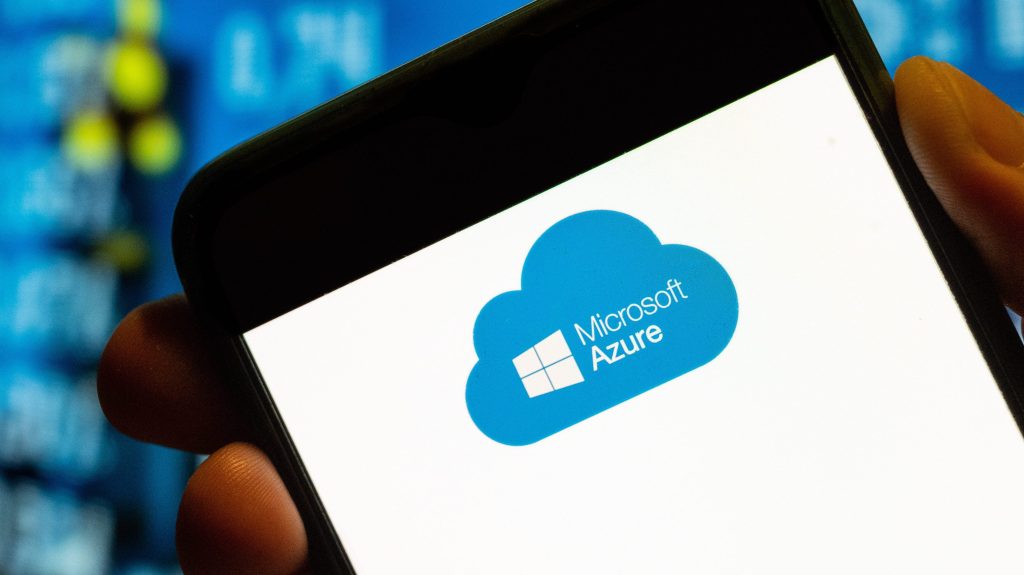On October 29, 2025, Microsoft Azure experienced a significant outage, disrupting a wide array of services including Microsoft 365, Xbox Live, and Minecraft. This incident underscores the critical role cloud services play in our daily digital interactions and the widespread impact when such services face disruptions.
Scope of the Outage
The Azure outage was extensive, affecting multiple Microsoft services:
– Microsoft 365: Users encountered difficulties accessing essential applications such as Outlook, Word, and Teams.
– Xbox Live: Gamers faced challenges connecting to online multiplayer games and accessing digital content.
– Minecraft: Players reported issues logging into the game and accessing online features.
The disruption also impacted various third-party applications and services that rely on Azure’s cloud infrastructure, highlighting the interconnected nature of modern digital services.
Microsoft’s Response
Upon detecting the outage, Microsoft’s engineering teams promptly initiated an investigation to identify the root cause. Regular updates were provided through the Azure Status Page and official social media channels, keeping customers informed about the progress toward resolution. The company emphasized its commitment to restoring services swiftly and minimizing customer impact.
Potential Causes and Historical Context
While the exact cause of the October 29 outage is under investigation, it’s essential to consider previous incidents that have affected Azure’s performance:
– Undersea Cable Disruptions: In September 2025, Microsoft reported increased latency in Azure services due to multiple undersea cables being cut in the Red Sea. This incident affected traffic routes through the Middle East, Asia, and Europe. ([techcrunch.com](https://techcrunch.com/2025/09/07/microsoft-says-azure-affected-after-cables-cut-in-the-red-sea/?utm_source=openai))
– Security Log Loss: In October 2024, Microsoft disclosed a loss of over two weeks of security logs for some cloud products, resulting from a bug in internal monitoring agents. ([techcrunch.com](https://techcrunch.com/2024/10/17/microsoft-said-it-lost-weeks-of-security-logs-for-its-customers-cloud-products/?utm_source=openai))
These events highlight the complex challenges in maintaining uninterrupted cloud services and the importance of robust infrastructure and monitoring systems.
Broader Implications
The recent Azure outage serves as a reminder of the vulnerabilities inherent in cloud-dependent ecosystems. Organizations and individuals are encouraged to develop comprehensive contingency plans, including:
– Data Backup Strategies: Regularly backing up critical data to alternative locations to prevent loss during service disruptions.
– Multi-Cloud Approaches: Utilizing multiple cloud providers to distribute risk and ensure service continuity.
– Incident Response Planning: Establishing clear protocols for responding to cloud service outages to minimize operational impact.
Conclusion
As cloud services become increasingly integral to our digital infrastructure, the resilience and reliability of providers like Microsoft Azure are paramount. While outages are sometimes unavoidable, transparent communication and proactive measures can mitigate their impact. Users and organizations must stay informed and prepared to navigate these challenges effectively.



